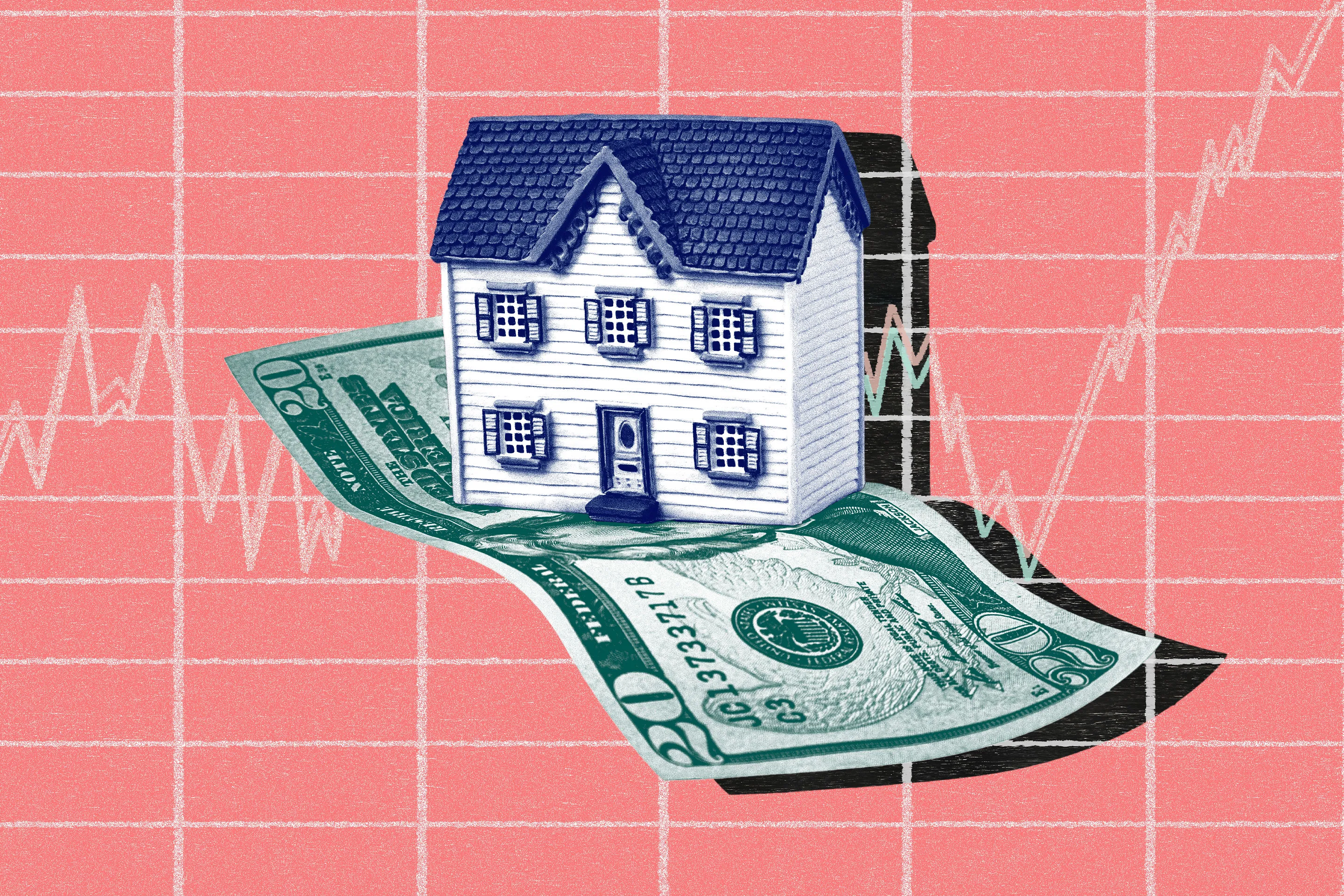Homeownership has many benefits, not the least of which is the ability to accumulate wealth that can be passed down from generation to generation. And this chance has grown exponentially over the past five years.
Homeowners have earned nearly $150,000 in home equity since 2019 — or about $30,000 annually, according to the National Association of Realtors’ latest quarterly report. This huge increase is due to the rapid increase in home prices that began during the pandemic and continues today.
In the third quarter of this year, which ran from July to September, the median price of an existing single-family home averaged $418,700, representing a 3.1% increase over the same period last year. NAR report shows prices have risen in 196 of the 226 metropolitan areas surveyed. While most cities saw single-digit jumps, 15 cities saw home prices rise by 10% or more.
Rapidly rising home prices during the pandemic have led to the accumulation of record amounts of equity, which is the portion of your home’s value that you own outright. It’s calculated by subtracting the amount of your mortgage from the market value of the property, so when prices rise, you “own” a larger share of the property, free and clear.
In the first three months of 2024, homeowners’ net worth hit $17 trillion, a record high, according to market research firm InterContinental Exchange. What’s more, $11 trillion of that equity is drawable, meaning a homeowner can convert that equity into cash through a refinance, home equity loan, or line of credit.
Homeowners may be pleased with rising prices, but buyers may have other thoughts as housing availability remains tight.
Although the latest data on house prices does show little improvement over the previous three months’ average (meaning the increase was less than the previous quarter), potential homebuyers insisting on significantly lower purchase costs will still likely be disappointed.
Since the start of the pandemic, home prices have doubled in many markets, and the prospect of significant declines is unlikely. In a press release, Lawrence Yun, NAR’s chief economist, said the likelihood of a market crash is “minimal,” primarily due to the large gains in equities: Homeowners experiencing financial hardship may be able to use that capital to pay off debts or sell a home and avoid foreclosure.
However, buyers also have to deal with high financing costs. Mortgage rates hovered around 7% for most of the year but began to decline over the summer in anticipation of a rate cut by the Federal Reserve. By mid-September, Freddie Mac’s average rate on a 30-year loan had reached a low of 6.08%.
However, since then, rates have done a complete 180 degree turn and are steadily rising despite the Fed’s recent rate cut. The average 30-year bond rate for the week ending Friday was 6.79%. And the upward trend may not end soon.
Economic indicators such as employment and inflation will determine rate movements in the near term, while policies proposed by President-elect Donald Trump could also impact rates in the long term.
10 cities with the biggest increases in home prices
While stock gains weren’t limited to a specific region of the country, homeowners in these cities saw the largest average price increases over the past year:
- Racine, Wisconsin – 13.7%
- Youngstown, Ohio – 13.1%
- Syracuse, New York – 13%
- Peoria, Illinois – 12.4%
- Springfield, Illinois – 12.3%
- Burlington, Vermont – 11.7%
- Shreveport, Louisiana – 11.5%
- Rockford, Illinois – 11.1%
- Decatur, Illinois – 10.9%
- Norwich, Connecticut – 10.6%
More money:
Best Home Equity Loans Without Appraisal
The Fed keeps cutting rates – so why aren’t mortgage rates coming down?
Donald Trump is the president-elect. Here’s what it means for your wallet
